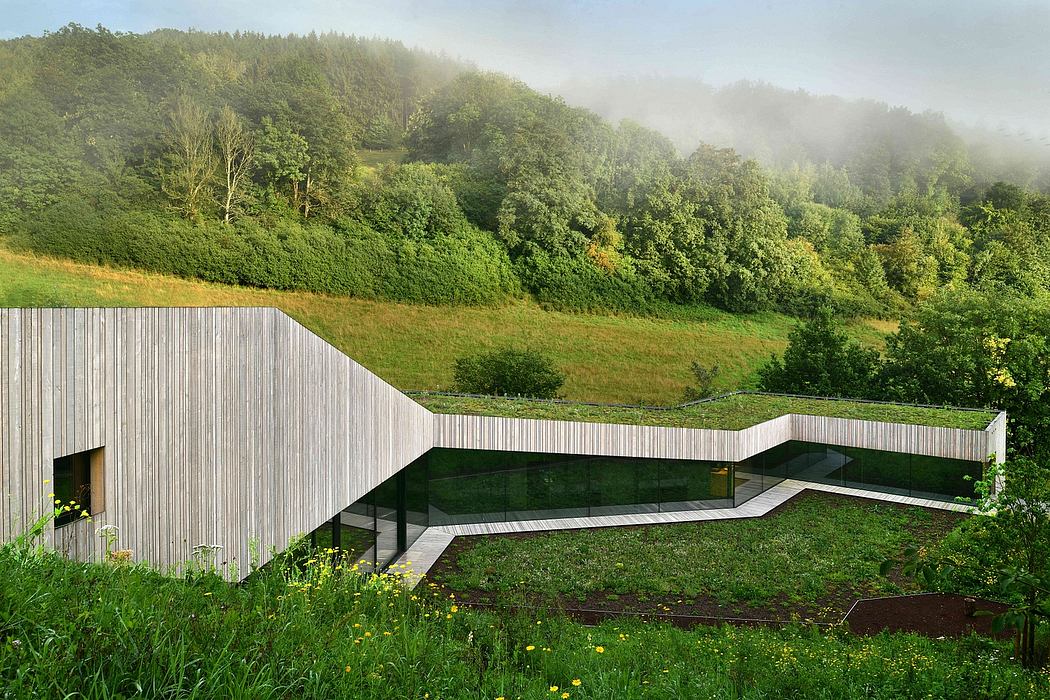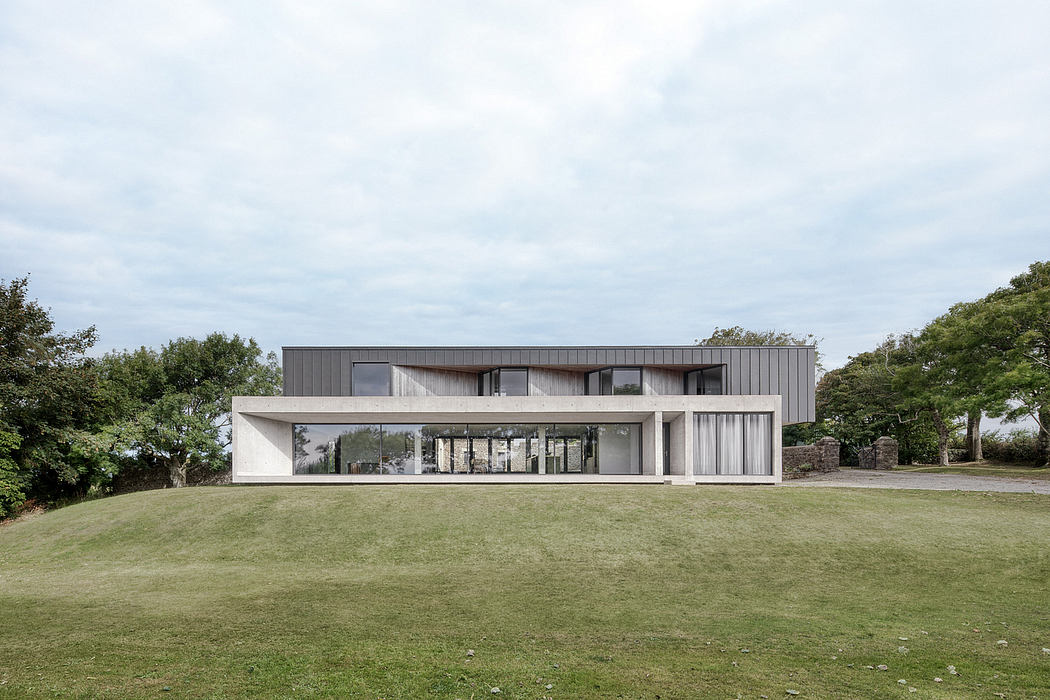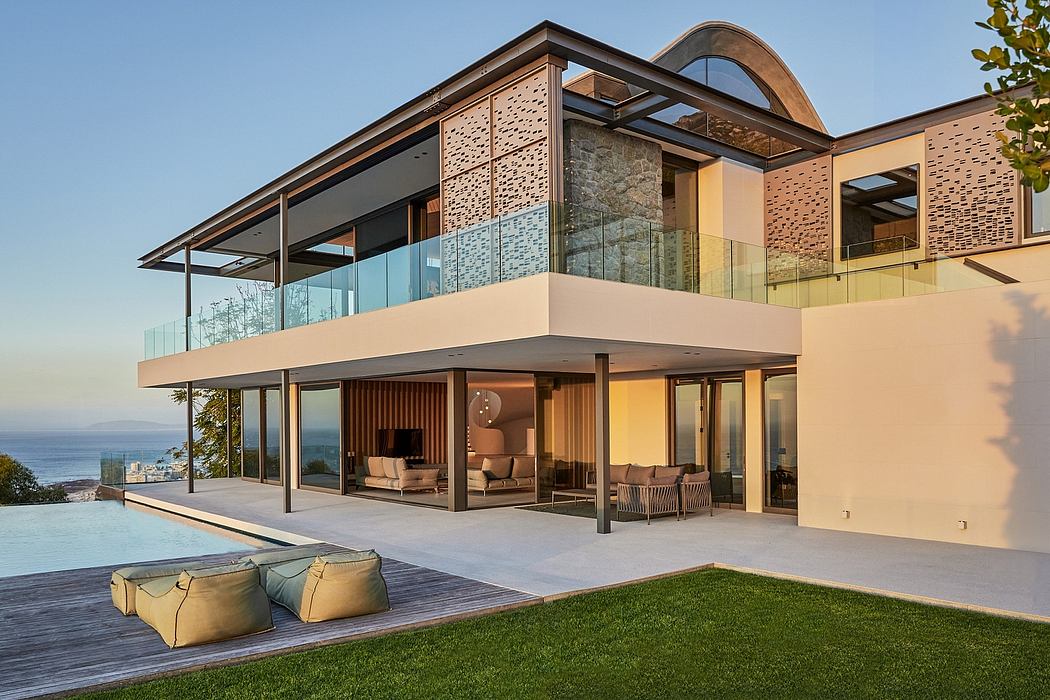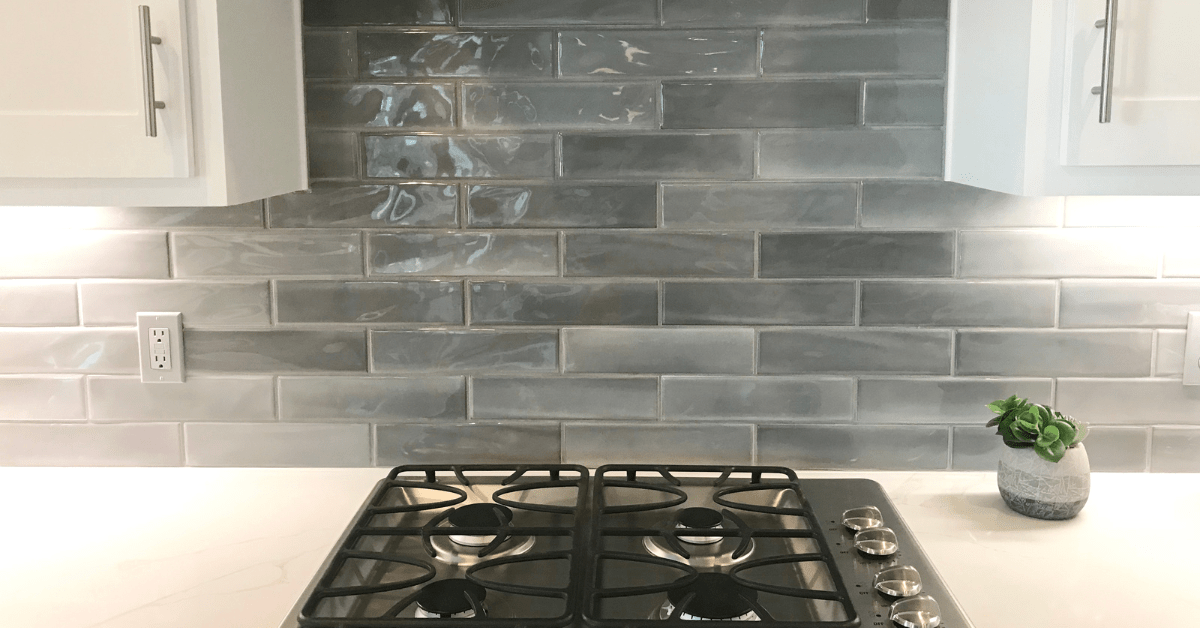Crazy Network of Illegal Subterranean Tunnels Transformed Into Modern ?Mole House?
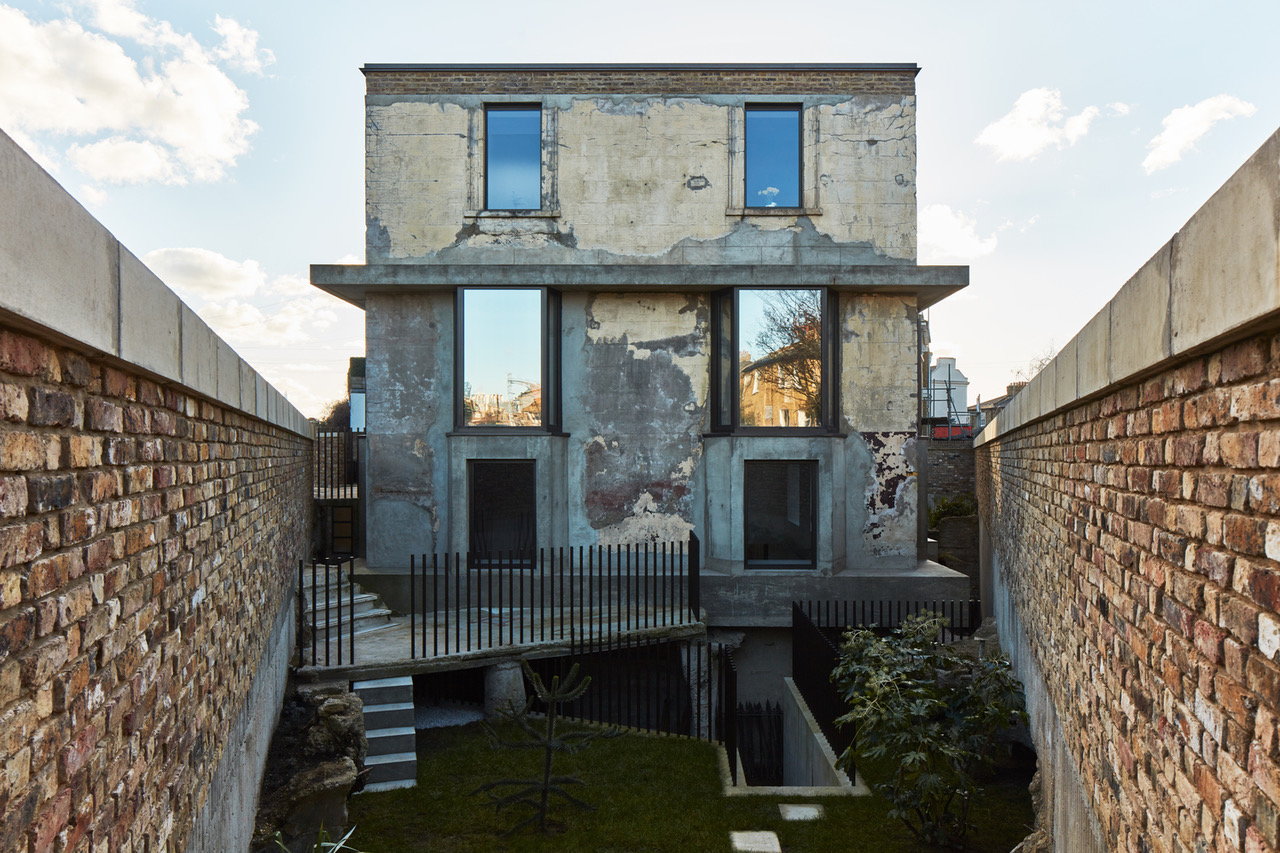
For 40 years, neighbors of the modest Victorian home at 121 Mortimer Street in the Hackney neighborhood of London heard strange noises coming from underground, watching piles of rubble build up in the yard. All the while, the home fell into slow ruin; its paint peeled and its walls began to crumble. Finally, in 2006, the roof caved in, and the city council acted upon decades of complaints, confirming the neighbor’s suspicions. Longtime resident William Lyttle had built a vast network of illegal subterranean tunnels so deep, they hit the water table.
Bringing in ultrasound scanners, the council learned that the tunnels spread out over 65 feet in every direction, right beneath neighboring houses, and one even leading to the rail line. Lyttle, a retired engineer who became known in the press as “The Hackney Mole Man,” was evicted, and the city filled most of the tunnel system with aerated concrete to stabilize the ground, noting that it was a wonder a bus hadn’t fallen right through the street. Lyttle was moved to council housing, where he tried to dig through the floor of his apartment before dying in 2010.
Outside, Webster wanted to maintain the building’s “derelict bunker-like appearance,” so Adjaye reconstructed the masonry facade with 15,000 reclaimed London bricks while adding large windows bordered by patinated bronze. Touches like these help it retain its its sense of timeworn history and curiosity. One wonders what Lyttle w...
Source:
dornob
URL:
http://dornob.com/design/architecture/
| -------------------------------- |
| Maxim Zhestkov's digital "motion sculptures" are created with algorithms | Dezeen |
|
|






